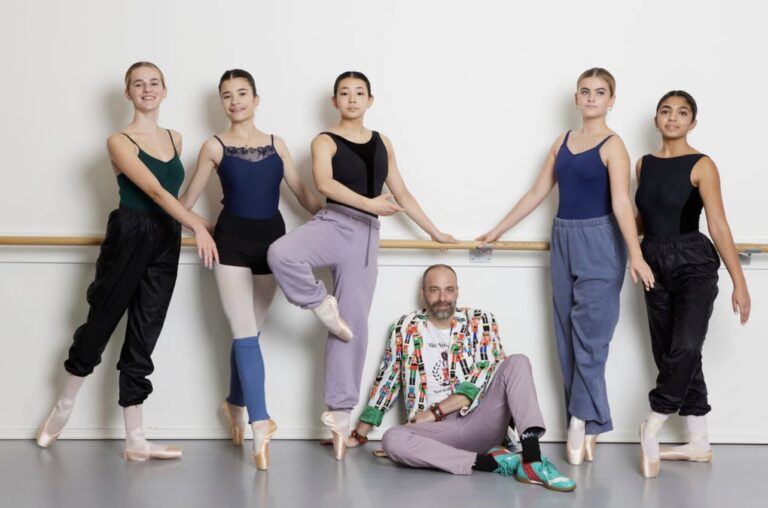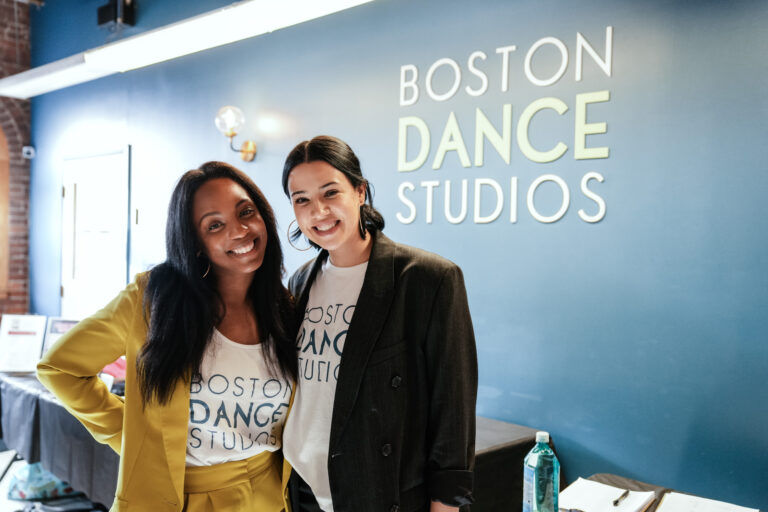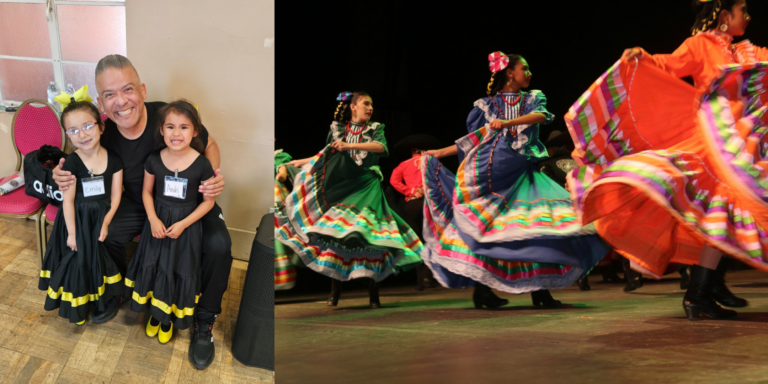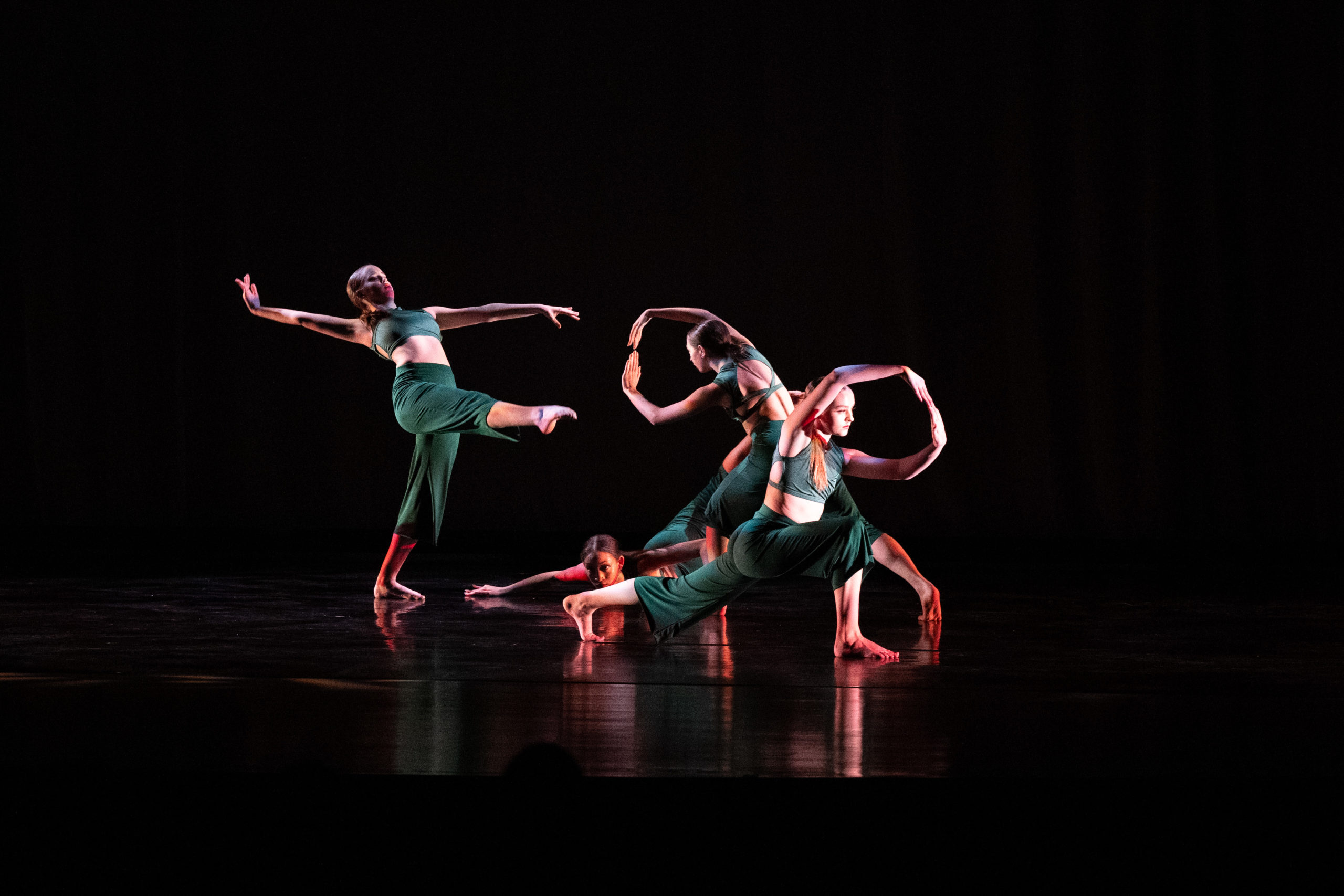
With the popularity of dance competitions, it can be challenging for studio owners to find noncompetitive performance opportunities for their students. Likewise, for studios far away from dance hotspots like New York City, Los Angeles or Chicago, the dancers’ exposure to the arts and other dancers outside of their home studios might be few and far between.
Enter Regional Dance America, a 501(c)3 nonprofit dedicated to decentralizing dance and educating the next generation of dancers, no matter their geographical location.
“Everything that we do as an organization is driven by our mission of elevating the future of dance in America, giving dancers experience and directors perspective,” explains RDA CEO Erika Davis. “We are constantly trying to provide new opportunities, new exposure and connections for pre-professional dance companies throughout the country.”
Through regional festivals, in-studio adjudication, noncompetitive performances, networking opportunities and virtual workshops, RDA provides quality education and support to member companies throughout the entire year. A member company is defined by RDA as a dance company, ensemble, group, troupe or guild. Here’s a look at just some of the programming available for members.
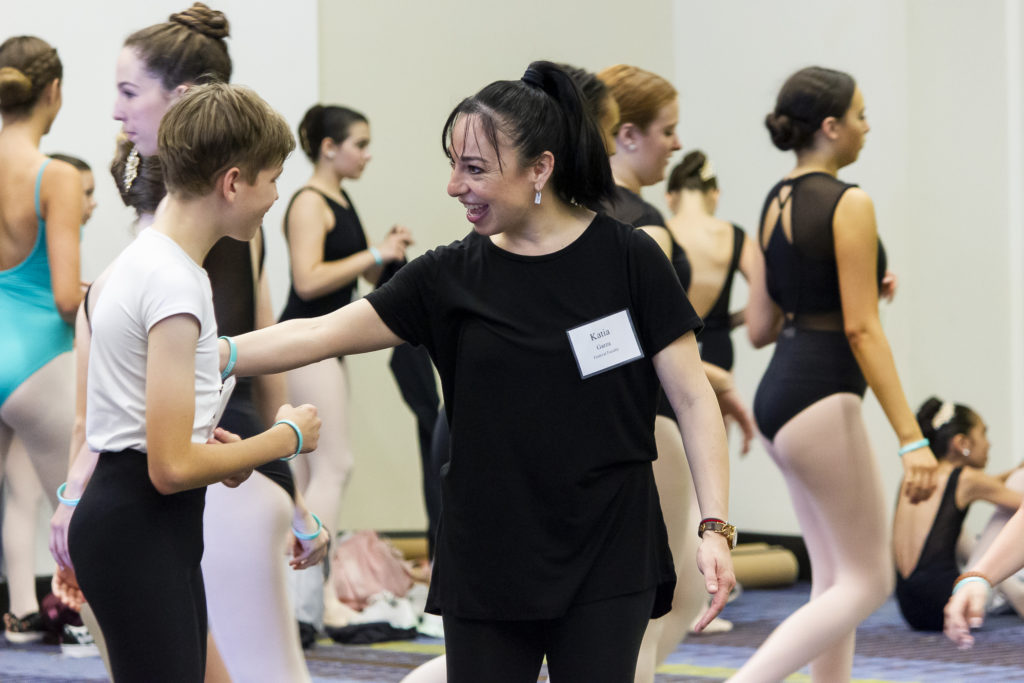
Fall: RDA Associates Programming
At the beginning of the school year, the organization focuses on its RDA Associates programming, which includes a variety of virtual master classes and workshops for dancers, as well as seminars and support for company directors. This programming is open to all RDA Associates, including dancers of all ages at RDA studios, family members, directors and RDA alumni.
This virtual programming, along with other RDA events, allows studio directors and their dancers to network with other like-minded pre-professional companies, ensuring engagement throughout the year. “Nothing could prepare me for all that my students have gotten out of it,” says Joy Delaney-Capponi, who serves as RDA’s president and is also the artistic director of Philadelphia Dance Theatre, an RDA member company. “Being a member of the RDA Regional and National Boards, alongside artistic directors who have been a part of RDA for 30 to 40 years and who are running very successful regional companies, I’m learning from them. ‘What fundraiser are you doing this year that’s working well for you?’ ‘Have you offered a new class or how have you changed your season?’ That networking is happening on every level. And, the more that artistic directors and educators improve themselves, it’s only going to trickle down to the dancers.”
Winter: Scholarship and Recruitment
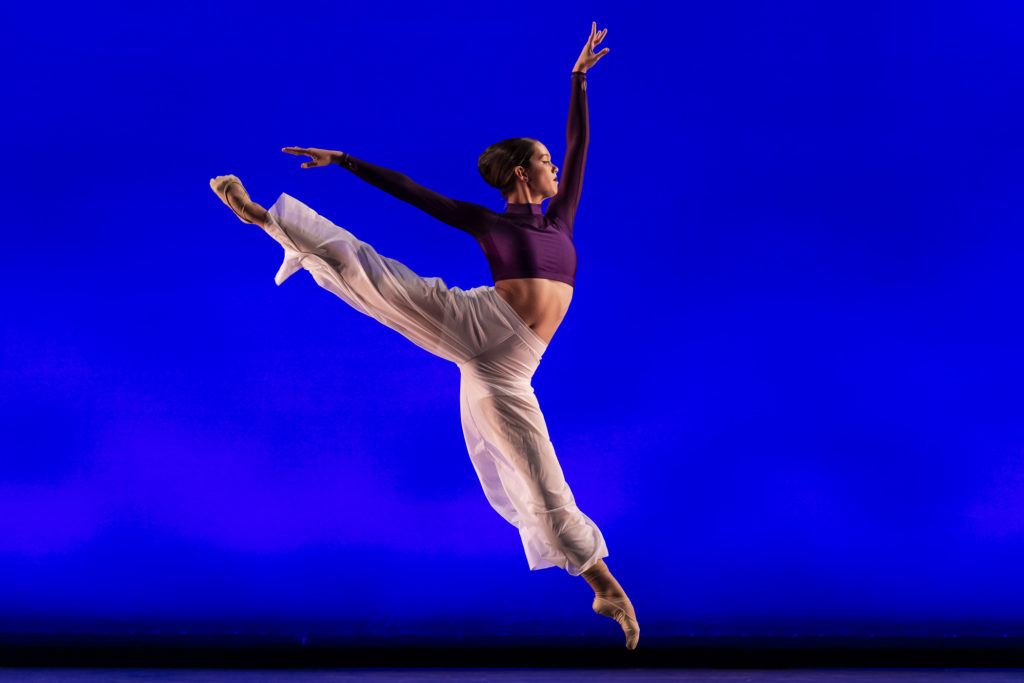
In January and February, RDA’s scholarship and recruitment program helps connect dancers with acceptance into summer and winter intensives, year-round programs and trainee programs. To be considered for scholarships, RDA dancers submit video reels, and the nonprofit then communicates with its network of recruiters and programs who review the videos and make offers.
Just this year, RDA facilitated connections to over $10.5 million in scholarships.
And for high school seniors: Various professional companies and college dance programs—including The Hartt School, the University of Southern California and Texas A&M University—recruit RDA dancers.
“This year alone, some dancers received up to 16 different college offers,” says Davis. “Starting from age 10 with RDA, they have their first engagements with what the future of dance can hold. Then they’re graduating from high school, and they have multiple offers in hand. The world is their oyster at that point.”
Early Spring: Adjudication
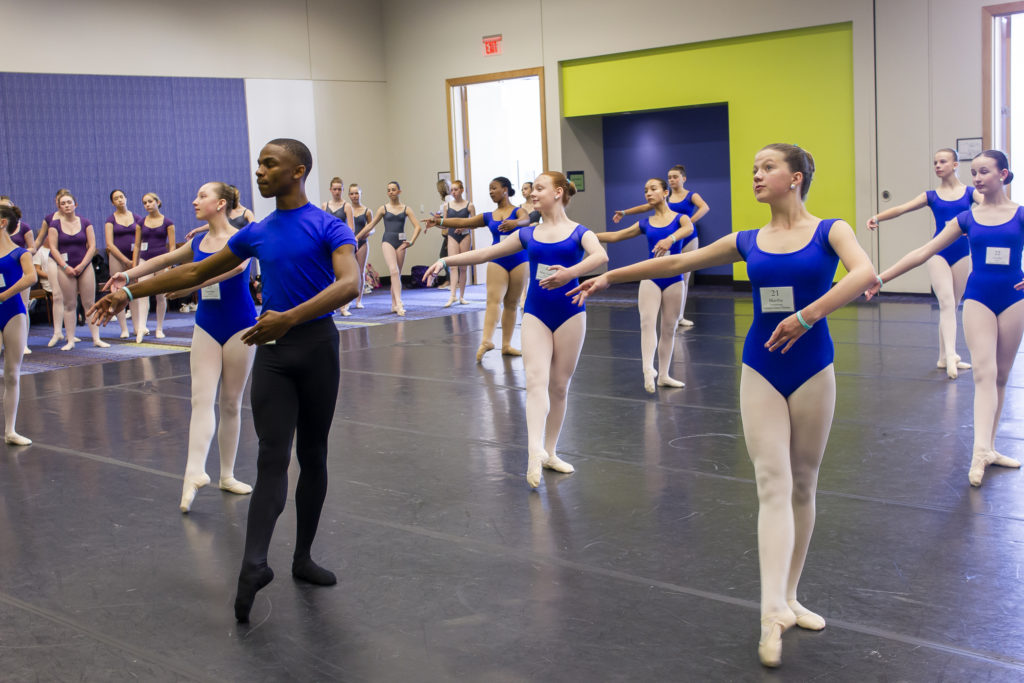
In early spring, member companies participate in an adjudication process. RDA adjudicators travel to studios, observe class and watch an in-studio showcase of choreography. The adjudicator also picks pieces that will be performed at the regional festival happening later that spring.
Davis describes the adjudication process as intimate and thoughtful, as the adjudicators give constructive feedback to everyone in the room, including the teachers, dancers, choreographers and soloists.
While letting an outside professional watch your class and choreography might seem intimidating, Delaney-Capponi explains that the initial nerves are worth it: “The adjudication process gives us that little bit of accountability, that little bit of inspiration to feel ‘Okay, I’m really excited for next year.’ I see what my company needs to work on.”
Rhea Gill, artistic director of member company Nebraska Contemporary Dance Theater and RDA/MidStates region coordinator, explains that the feedback from adjudicators and her troupe’s overall involvement with RDA has made all the difference in her dancers: “The trajectory of my program is directly influenced by our participation in RDA. It changed our culture so much and put us in a direction that we are now pretty equal to our peers in the mid-states area who are in Chicago or Indianapolis, much larger cities with more access to high-level training.”
Spring: Festival Season
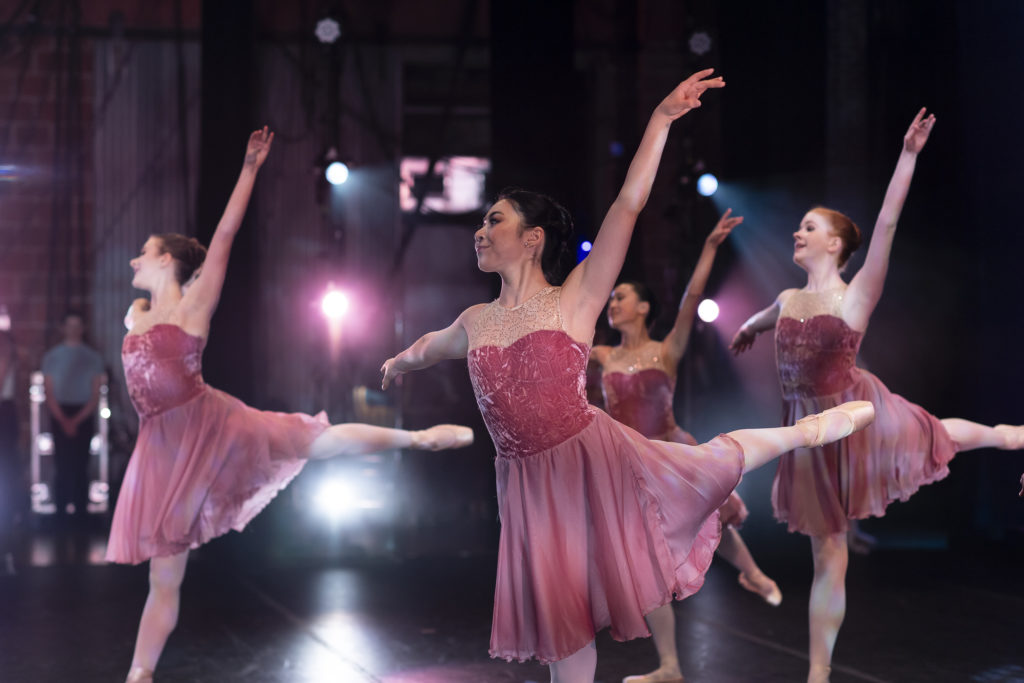
After adjudications, RDA starts its festival season. There are five festivals, one for each of the RDA Regions throughout the U.S. and Puerto Rico. Each three-day event is filled with master classes, seminars on topics like injury prevention and mental health, pre-adjudicated performances, and a gala and party to celebrate the dancers’ and their directors’ accomplishments during the season.
Between the world-class teachers and the community of other RDA dancers, Gill explains, the festival master classes open the dancers’ eyes to a world of possibility. “It gives them access to educators that they normally would not have in Nebraska. It also gives them the opportunity to dance next to others who have different experiences,” says Gill. “It encourages them to work harder or to explore new things that maybe before they hadn’t been interested in.”
Davis describes the festival as a culmination of RDA’s mission of creating a supportive environment for dancers while providing opportunities for growth. “The RDA festival is really a concert-dance experience. It’s not competitive, and the entire time they’re networking with fellow peers. Whether it’s the dancers in class meeting a whole new group of individuals who have the same passion and share the same dedication to dance as them, or meeting peers that they might someday see at an audition, they’re being introduced to a wonderful, supportive network.”
Summer: National Choreography Intensive
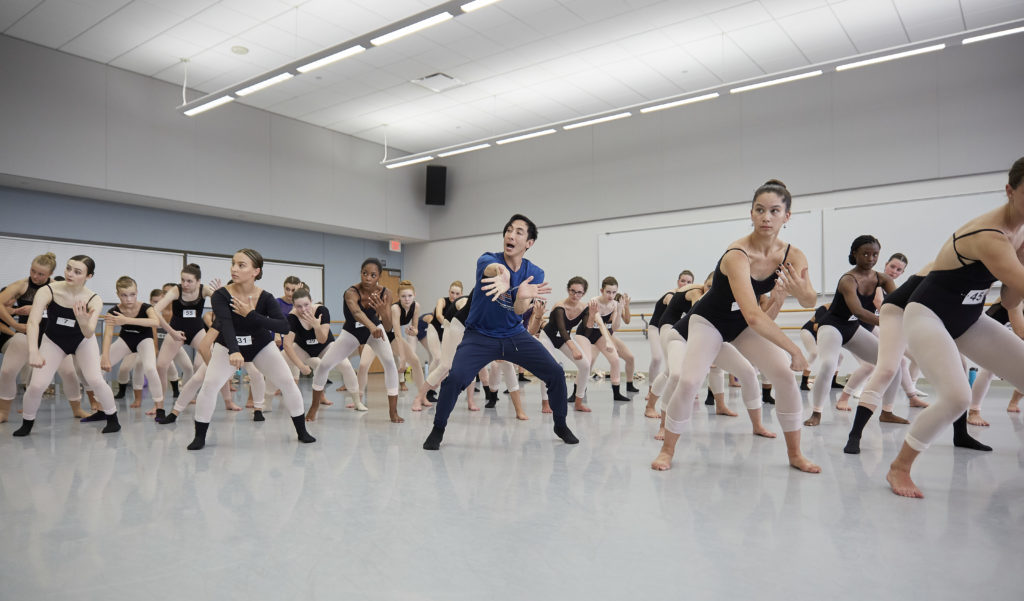
Once the school year comes to a close, it’s time for RDA’s National Choreography Intensive. This July marks the 61st year of NCI. Driven by RDA’s goal to serve all dancers and choreographers, the location of the intensive changes each year to better serve different regions.
Participants can enter the 10-day intensive, packed full of master classes and creative experiences, as a dancer or as a choreographer.
No matter their track, Davis explains, the dancers start their day with a variety of classes, including ballet, contemporary, African, jazz, musical theater and more. Each day, they work with a different choreographer on a new piece they’ll perform that same night, as well as with another choreographer with whom they create a longer work that’s presented at the end of the intensive.
While the dancers’ and pre-professional choreographers’ days are enriched by technique classes, the intensive strongly focuses on artistry and creative development. Delaney-Capponi describes the process as being about the exploration of movement without judgment: “There is no added pressure of ‘I need to be perfect,’ ‘I need to be interesting,’ ‘I need to be right.’ No, you just need to be you.”
Davis adds: “It’s an incredibly intense program, but it is one of the most creative experiences I have ever witnessed.”
How to Apply to Regional Dance America
To become a member of Regional Dance America, pre-professional companies must apply online. The virtual evaluation process consists of presenting a class and choreography.
Once accepted, member companies are introduced to a nationwide network of teaching artists, choreographers, dancers and directors, which together provides endless opportunities for growth.
